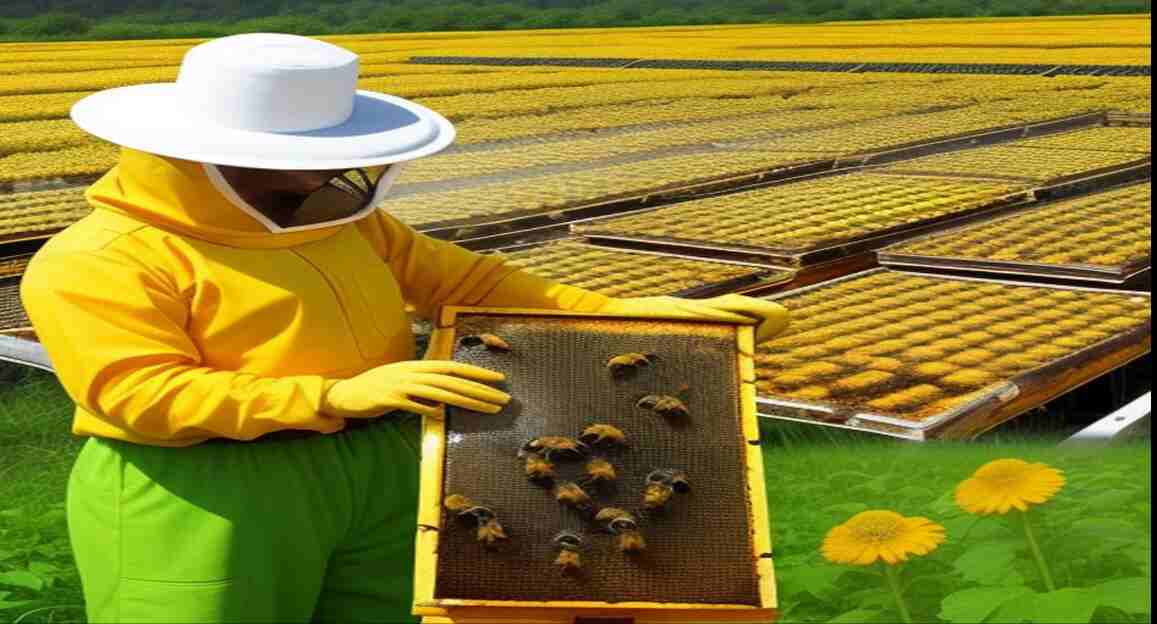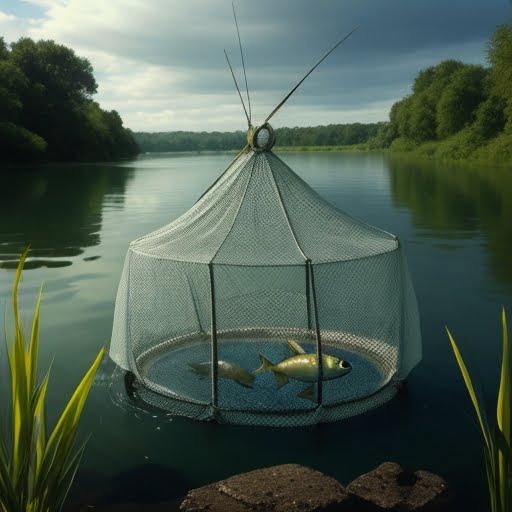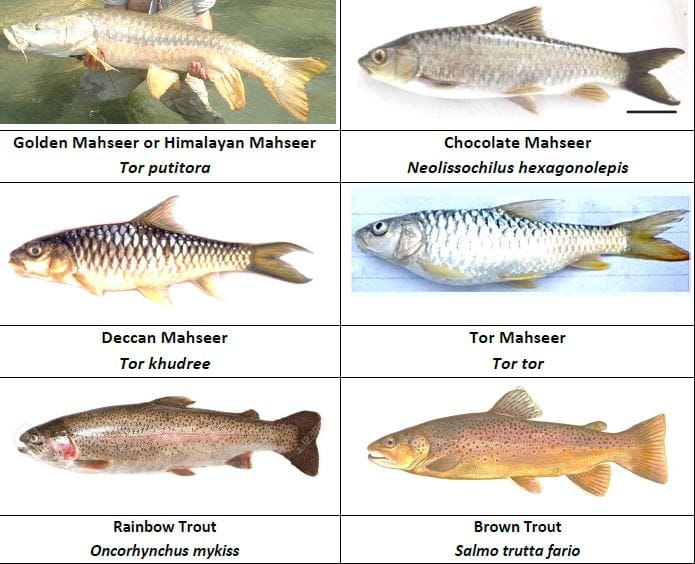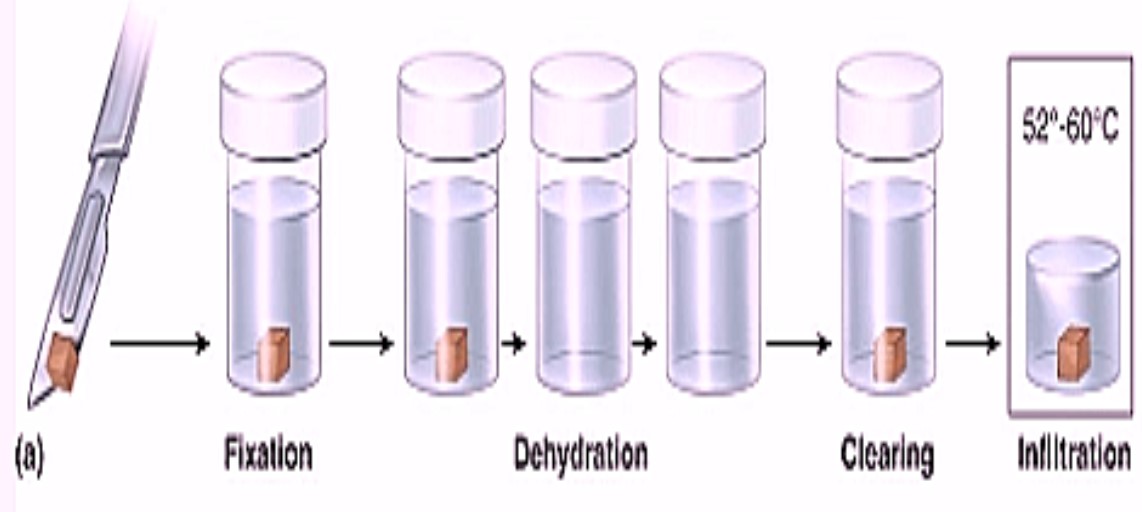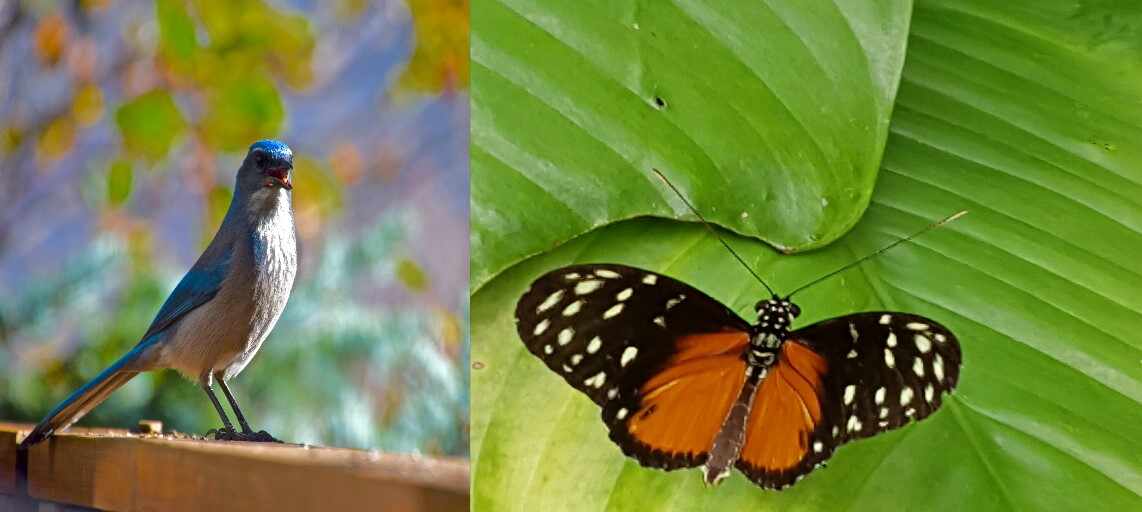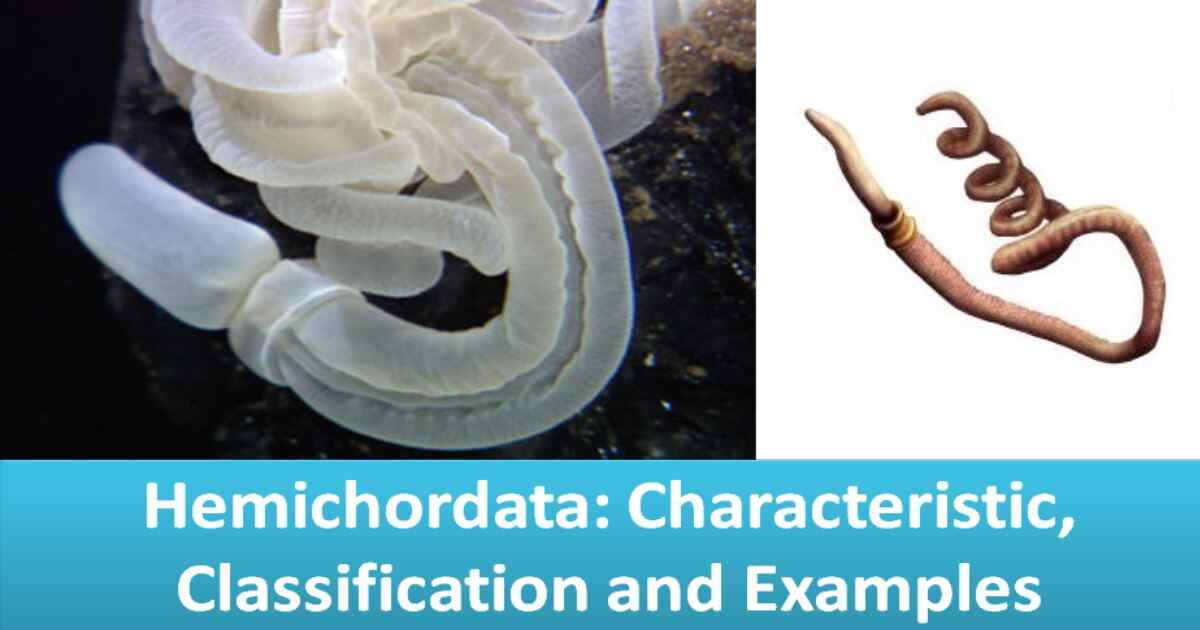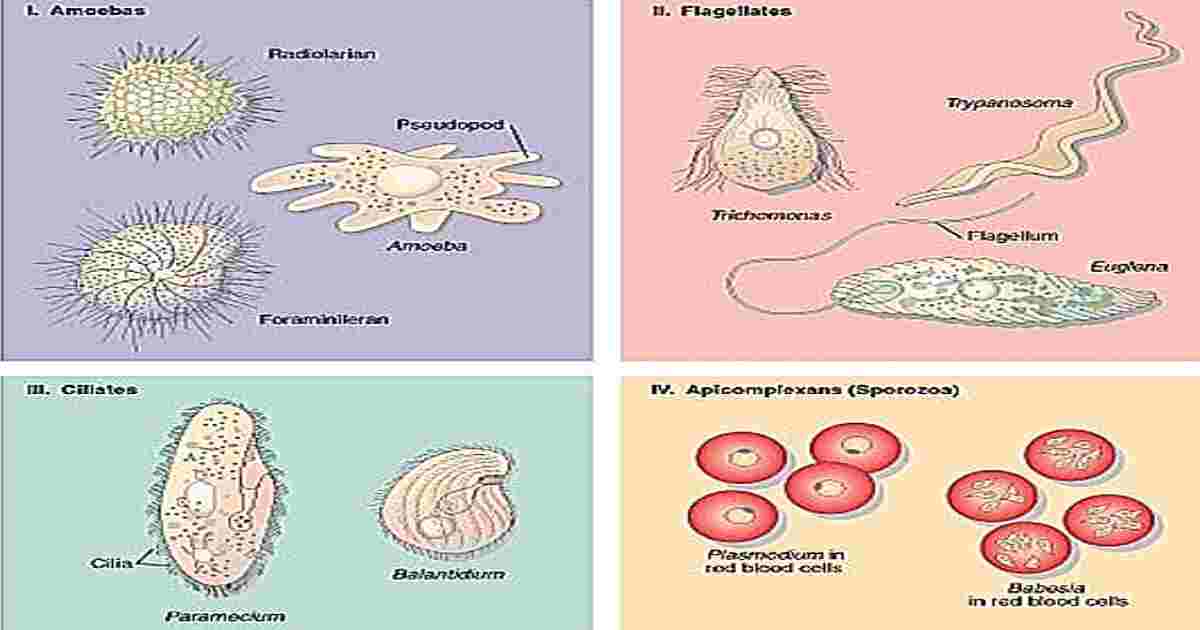Tissue Processing for Histopathology
Tissue Processing for histopathology: Tissue processing is a critical step in histopathology, transforming biological tissue into a form suitable for microscopic examination. This involves a series of steps that preserve tissue structure and prepare it for sectioning and staining. What is tissue processing? The technique of getting fixed tissues into paraffin is called tissue processing….

